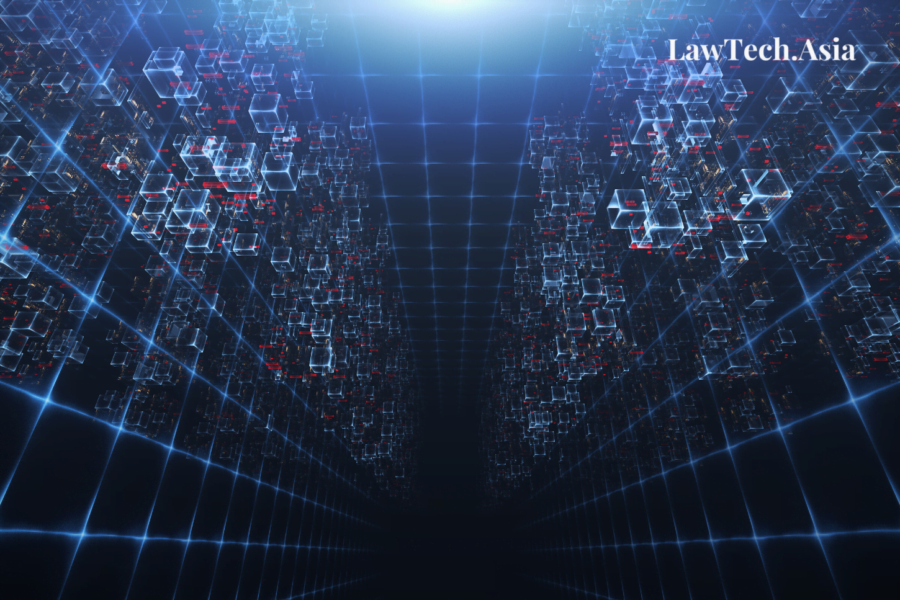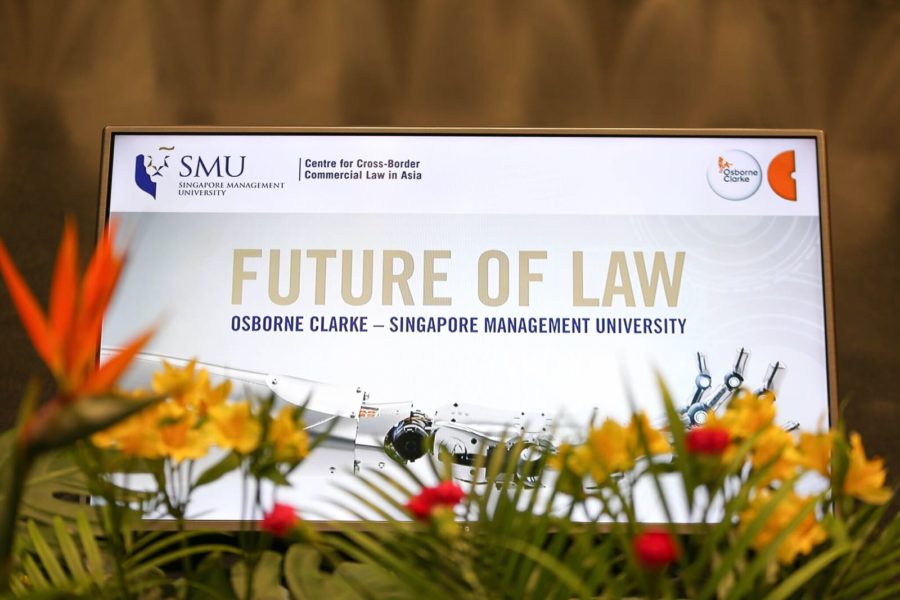Written by Meher Malhotra | Edited by Josh Lee Kok Thong
We’re all law and tech scholars now, says every law and tech sceptic. That is only half-right. Law and technology is about law, but it is also about technology. This is not obvious in many so-called law and technology pieces which tend to focus exclusively on the law. No doubt this draws on what Judge Easterbrook famously said about three decades ago, to paraphrase: “lawyers will never fully understand tech so we might as well not try”.
In open defiance of this narrative, LawTech.Asia is proud to announce a collaboration with the Singapore Management University Yong Pung How School of Law’s LAW4032 Law and Technology class. This collaborative special series is a collection featuring selected essays from students of the class. Ranging across a broad range of technology law and policy topics, the collaboration is aimed at encouraging law students to think about where the law is and what it should be vis-a-vis technology.
This piece, written by Meher Malhotra, seeks to review the extent to which blockchain technology will be effective in managing IPRs. Today, IPR management systems manage intellectual property rights. Nevertheless, over the years, these management systems have not been matching the expectations of IPR owners, as its institutional gaps hamper the ability of such owners to effectively enforce their rights. In light of this, there have been optimistic proposals seeking to replace and improve such a system with the aid of blockchain technology. This, while a viable solution, is easier said than done. Implementing a blockchain-based system has several implications, including gaining legitimacy from courts. In seeking to provide a realistic overview of the extent to which blockchain technology will be effective in managing IPRs, this paper will examine what makes an effective IPR management system and how the blockchain may deliver on that promise.



